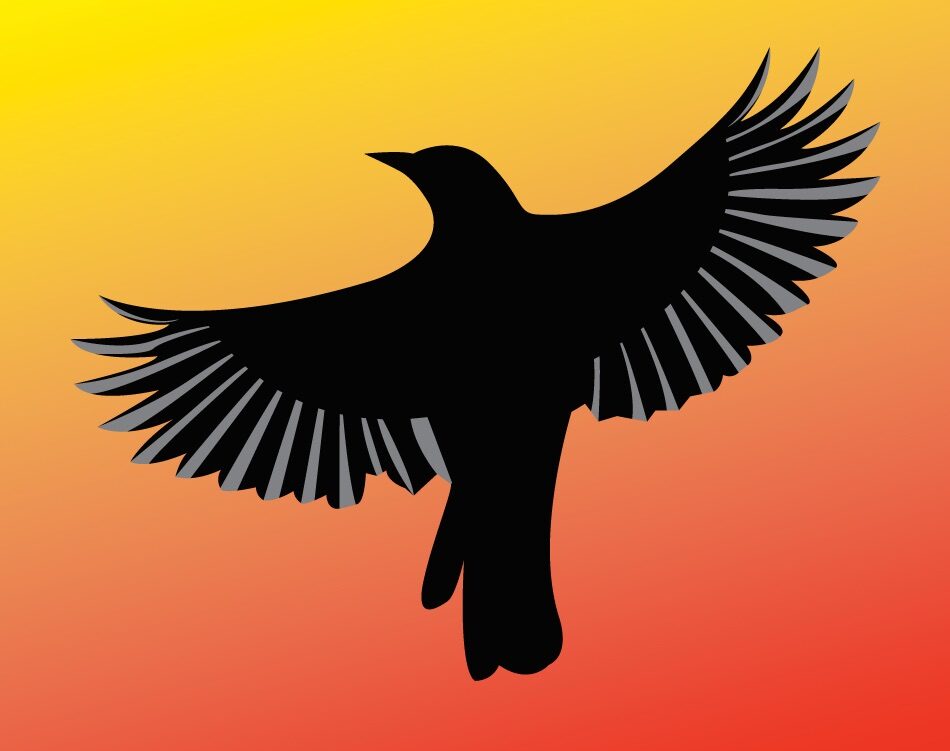How-to: Use BundleRabbit’s Ebook Marketplace to find ebooks to bundle
BundleRabbit is a story bundling platform where authors can collaborate on either bundles of ebooks or collaborations, which may be offered in ebook and/or print. A collaboration can be anything from an anthology to a book co-written by multiple authors. One capability unique to this site is the ability to upload your stories to BundleRabbit’s…
